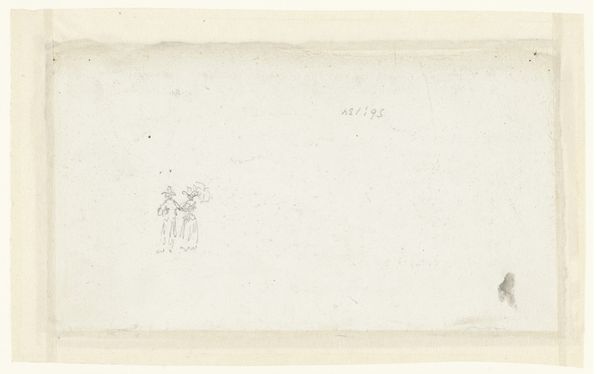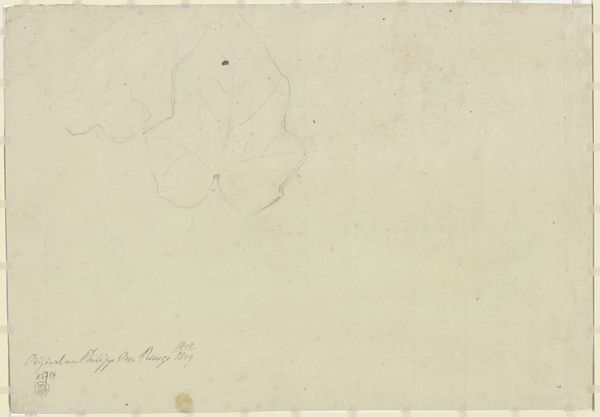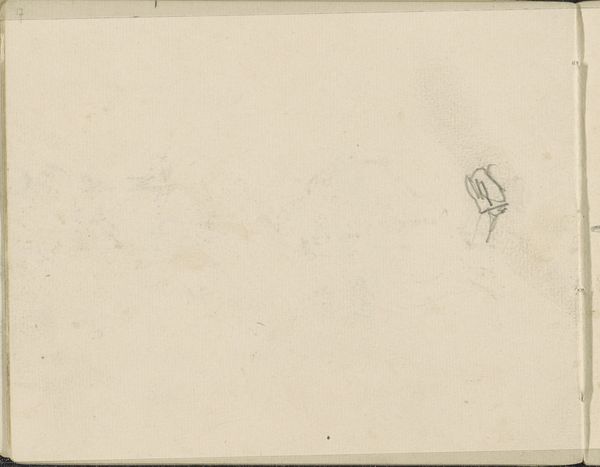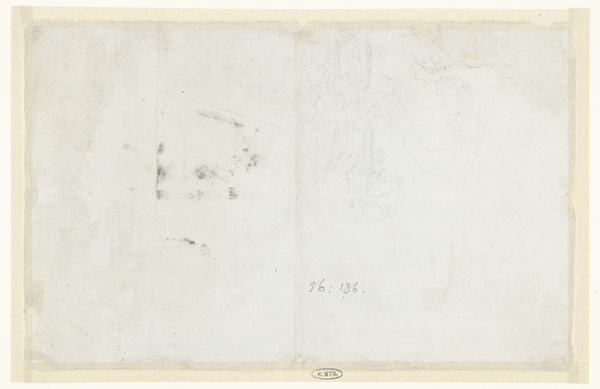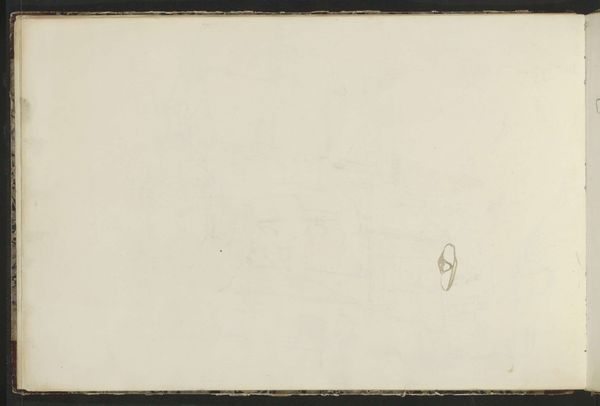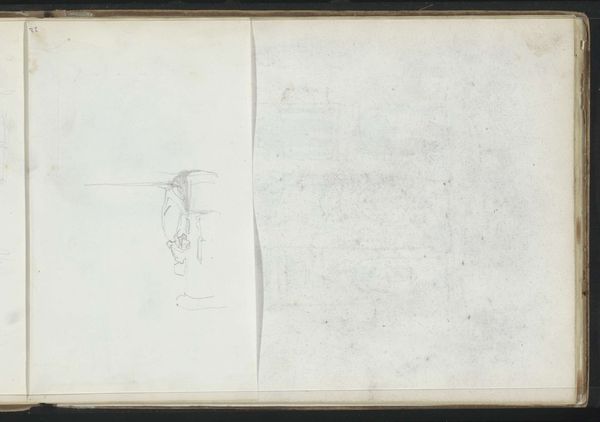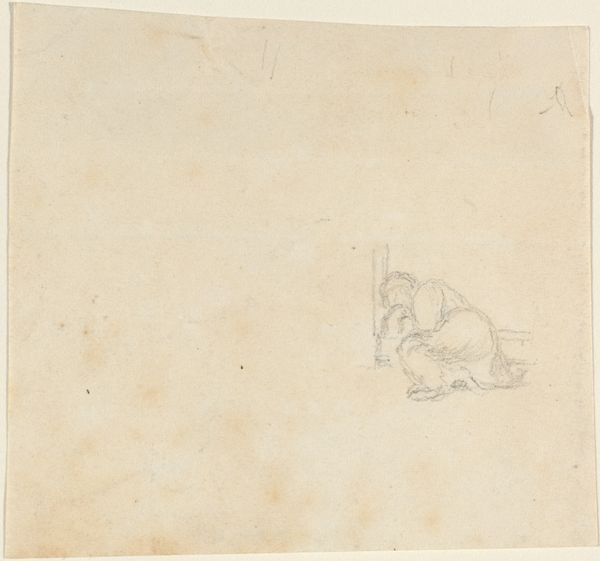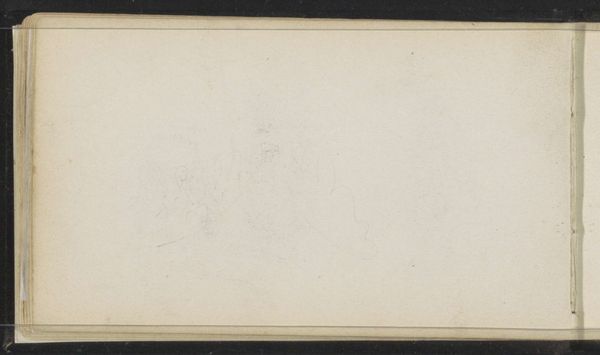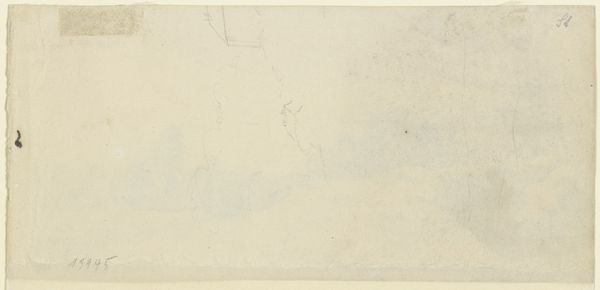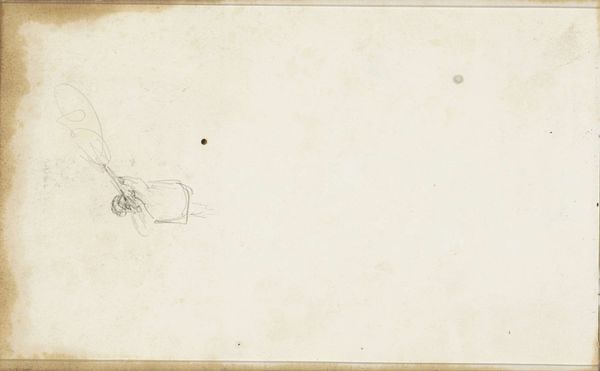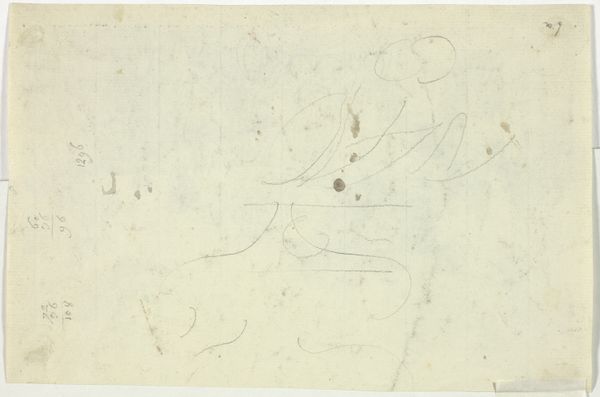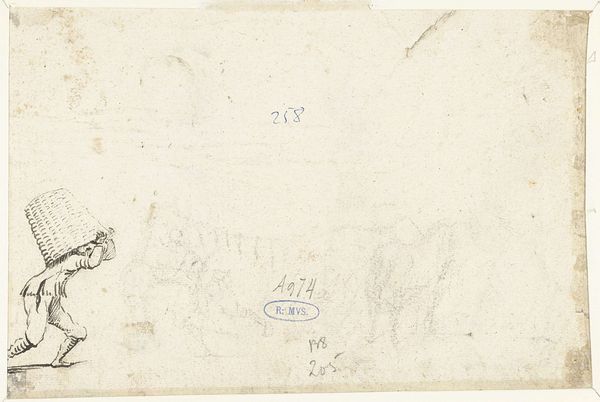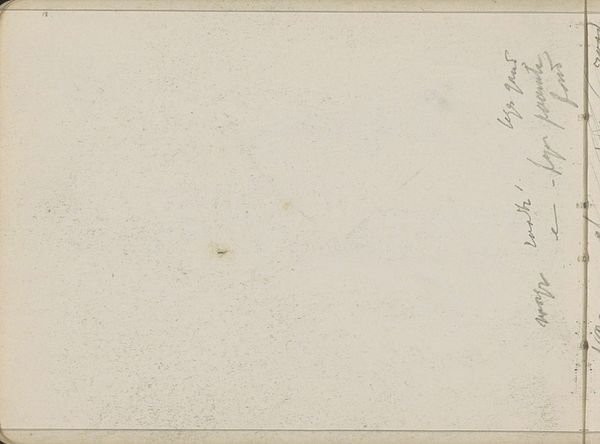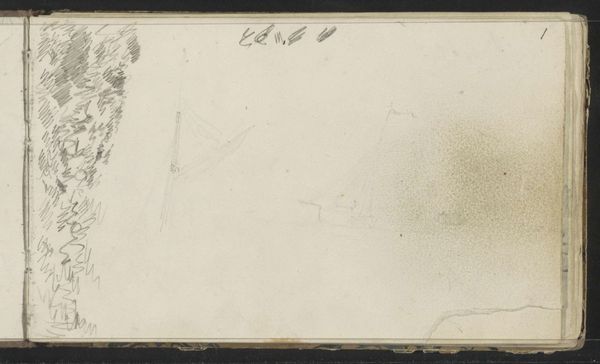
drawing, paper, pencil
#
drawing
#
toned paper
#
light coloured
#
bird
#
figuration
#
paper
#
pencil
#
line
#
academic-art
Dimensions: height 141 mm, width 198 mm
Copyright: Rijks Museum: Open Domain
Editor: This drawing, titled "Twee vogels," by David Alphonse de Sandoz-Rollin, made between 1750 and 1809, features two birds rendered in pencil on toned paper. I'm struck by the simplicity of the line work. How would you interpret this work? Curator: Well, considering its materials, this piece gives insight into artistic training and production during its time. Pencil drawings on paper, especially studies like these, reveal a direct connection to the artist's hand and thought process. Academic art often used drawings as preparatory work for larger paintings or sculptures, revealing the labor inherent in art creation, yet sometimes that labor and those materials themselves were deemed ‘lesser’. What does the toned paper suggest to you? Editor: Perhaps a way to create immediate depth without extensive shading? A more efficient use of materials, maybe? It does feel very economical. Curator: Exactly. Think about the accessibility of paper and pencil versus paints and canvas during that era. The choice reflects economic and practical considerations and invites inquiry: Was it meant for further artistic development or meant as a study object on its own? Were drawings like these always considered 'lesser,' or did their inherent material value ever grant them artistic merit in the social contexts in which they were created and circulated? Editor: So, it's not just *what* is depicted, but *how* and *with what* that holds meaning. I see that differently now, thanks. Curator: Precisely. Materiality and the process are critical components in understanding any artwork's full story.
Comments
No comments
Be the first to comment and join the conversation on the ultimate creative platform.
